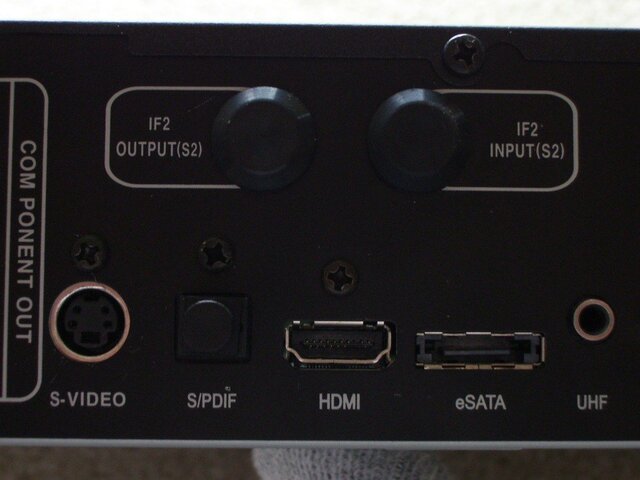I have a Pansat 9200 that I have had for afew years now and it works fine most of the time. Problem that I am having now is with the Esata drive and it being recognized by the receiver.
it worked a few years ago for the most part (does not record ota channels when programmed correctly) but because you have to have a blank receiver when you connect the PVR I did not
want to clear all the stuff in the receiver out.
I was doing a scan a few days ago and when it had gotten done the receiver cleared all the memory out for me so I tried to connect the PVR but the receiver does not recognize it.
The correct way to connect the PVE is to clear all the memory (go back to factory settings) turn power off to receiver, connect esata cable to both units, turn power on to drive first then
turn power on to receiver.
Done that. still does not recognize drive.
Any suggestions? Also would like to know how I can reformat drive to DR-Dos2. I have not formatted this drive to anything but I am thinking that maybe the drive might need it.
Thanks for your help.
Scott
it worked a few years ago for the most part (does not record ota channels when programmed correctly) but because you have to have a blank receiver when you connect the PVR I did not
want to clear all the stuff in the receiver out.
I was doing a scan a few days ago and when it had gotten done the receiver cleared all the memory out for me so I tried to connect the PVR but the receiver does not recognize it.
The correct way to connect the PVE is to clear all the memory (go back to factory settings) turn power off to receiver, connect esata cable to both units, turn power on to drive first then
turn power on to receiver.
Done that. still does not recognize drive.
Any suggestions? Also would like to know how I can reformat drive to DR-Dos2. I have not formatted this drive to anything but I am thinking that maybe the drive might need it.
Thanks for your help.
Scott


